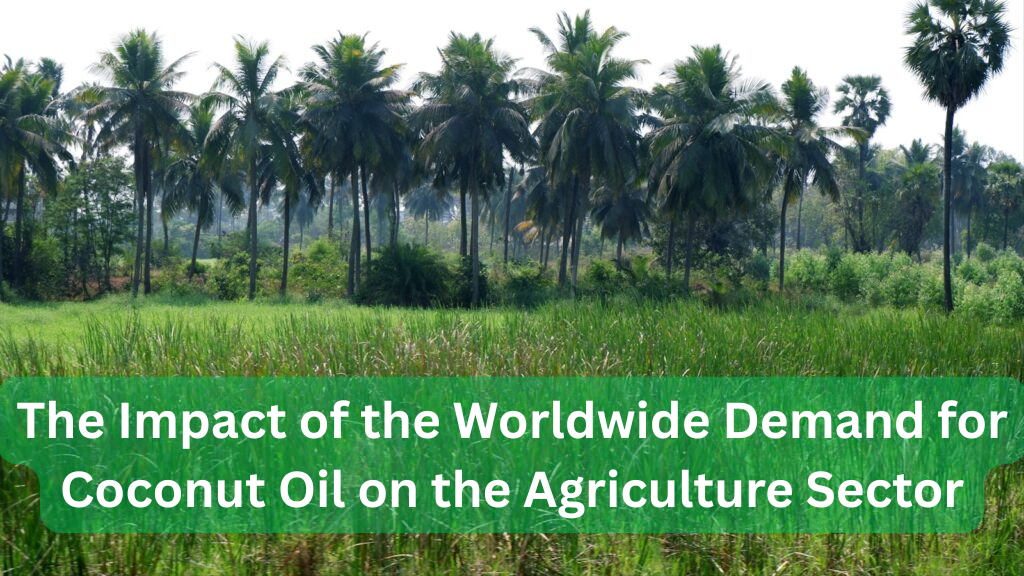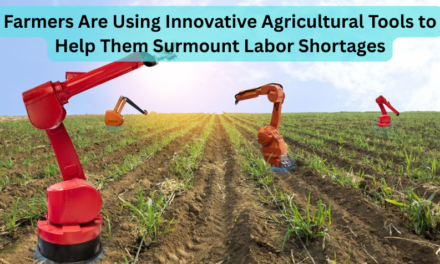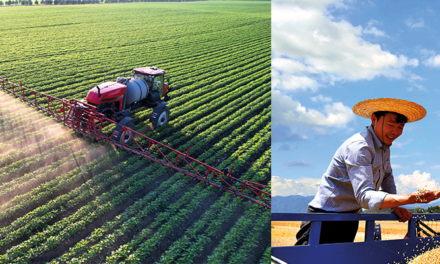The global demand for coconut oil has significantly impacted the agriculture sector, influencing production practices, economic dynamics, and sustainability efforts.
Market Growth and Economic Impact
The coconut oil market is experiencing substantial growth, with projections estimating its value to reach $9.5 billion by 2032, up from $5.7 billion in 2022.
This surge is driven by increased applications in food, cosmetics, and pharmaceuticals, leading to higher demand for coconuts.
Supply Constraints and Price Volatility
Despite the rising demand, the coconut supply is not keeping pace, resulting in price pressures and market instability. Adverse climatic conditions have disrupted traditional supply chains, causing crop losses and significant supply constraints. For example, Sri Lanka has implemented plans to distribute coconuts through state-owned outlets at controlled prices to mitigate the impact on consumers and downstream coconut oil prices.
Sustainability Challenges
The escalating demand for coconut oil has raised concerns about the sustainability of coconut farming. Coconut plantations often receive minimal care compared to crops like palm oil, presenting a less profitable and attractive option for farmers. This situation has significant implications, especially in countries where coconut farming is a lifeline for rural economies.
Environmental Considerations
Coconut cultivation is considered more environmentally friendly compared to some other oil crops. Studies indicate that coconut contributes 20% less greenhouse gas emissions per kilogram of commodity produced compared to palm oil, making it a more sustainable option.
Regional Impacts
In major coconut-producing countries like Indonesia, the Philippines, and India, the agriculture sector is adapting to meet the growing demand. However, challenges such as aging coconut trees, typhoon devastation, and minimal care compared to other crops like palm oil are affecting production levels and profitability.
The worldwide demand for coconut oil is reshaping the agriculture sector by driving economic growth, introducing supply challenges, emphasizing sustainability, and influencing environmental practices. Addressing these issues requires a balanced approach that considers market dynamics, environmental sustainability, and the well-being of farming communities.









